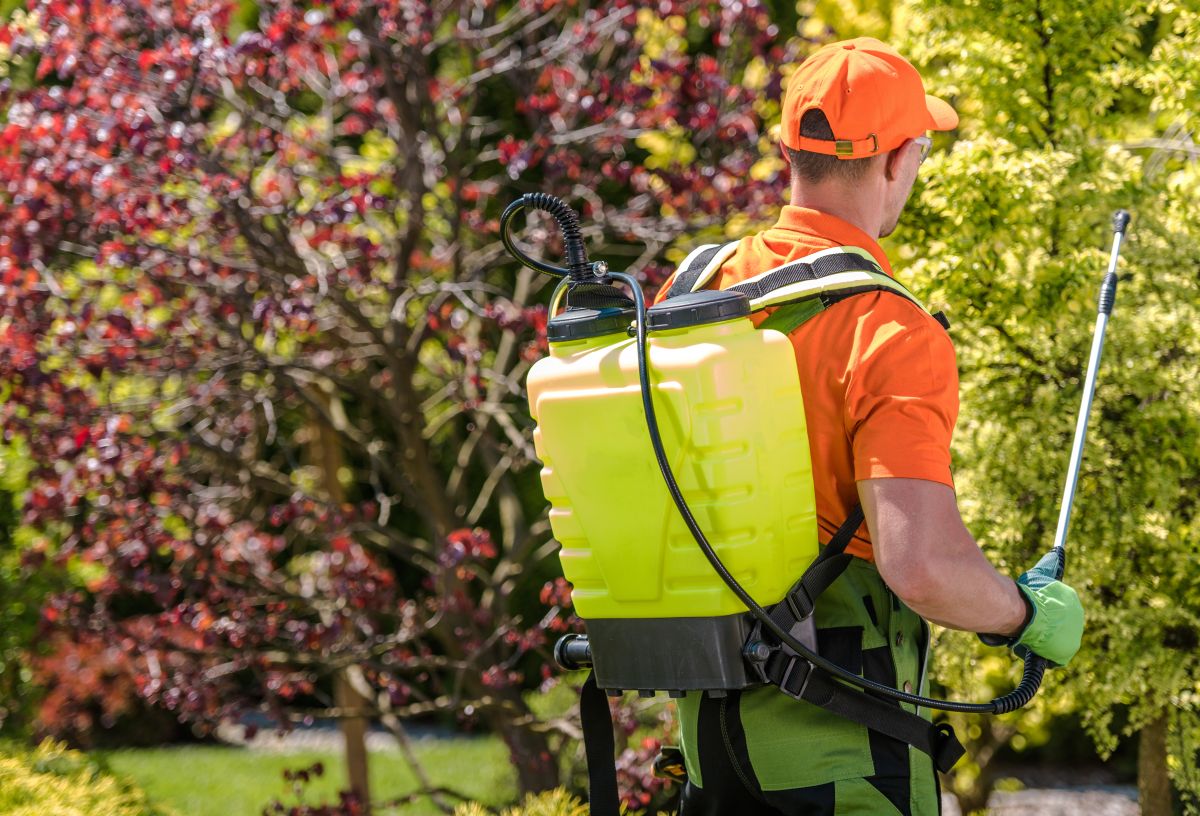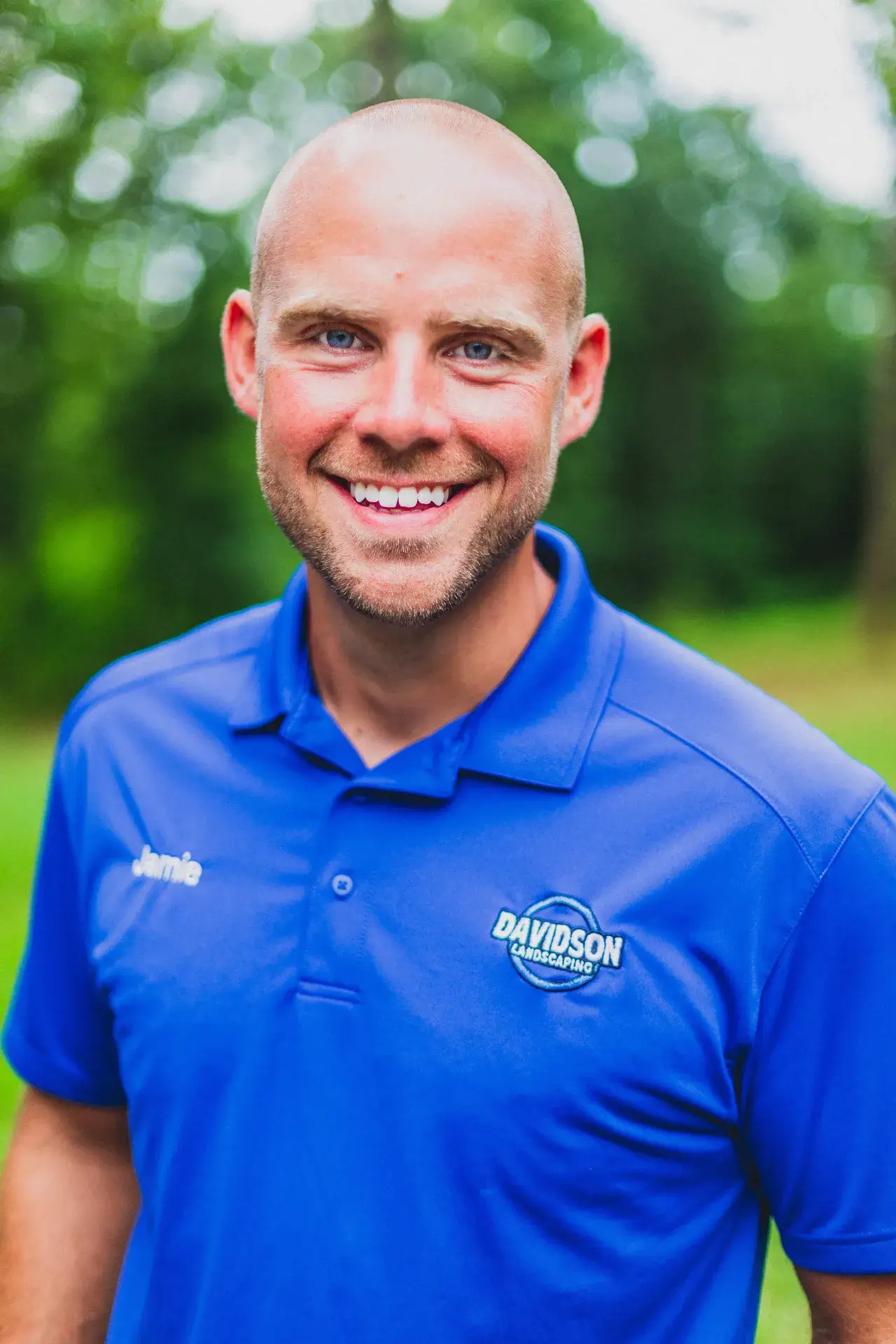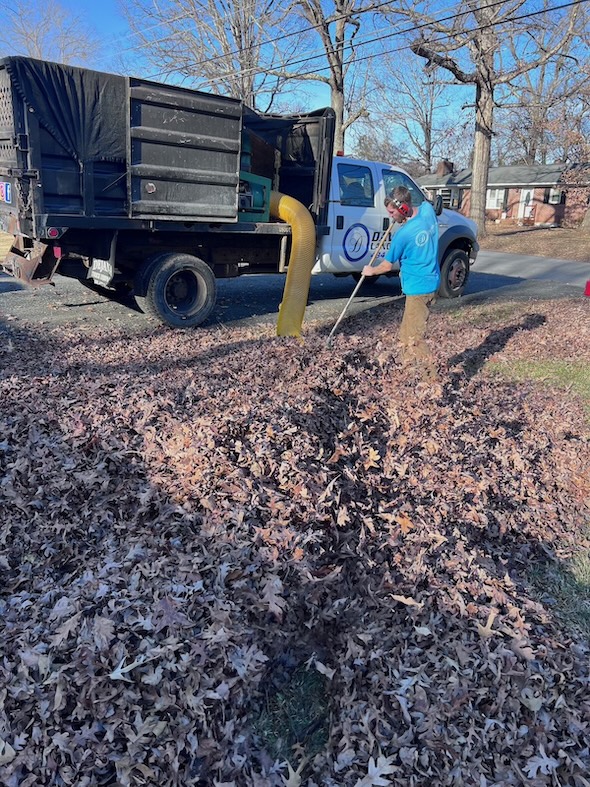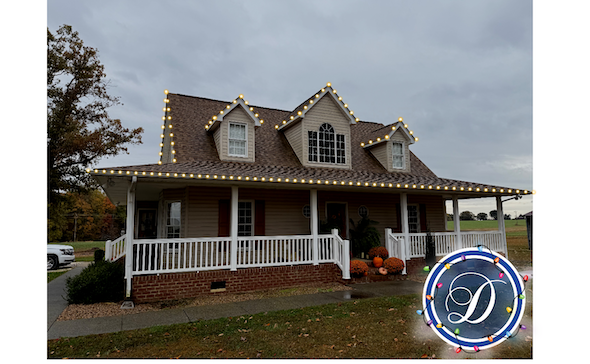I've been working with lawns across Central Virginia for years, and I can tell you that most homeowners make the same costly mistakes when it comes to lawn fertilization. These mistakes cost them hundreds of dollars and leave their yards looking patchy and weak.
After helping hundreds of property owners in Lynchburg, Appomattox, Forest, and Concord transform their lawns, I want to share the truth about what really works. These seven insights will change how you think about lawn care forever.
What Is Lawn Fertilization and Why Your Grass Desperately Needs It
Lawn fertilization is the process of adding essential nutrients to your soil so your grass can grow thick, green, and healthy. Think of it like giving vitamins to your lawn. Without proper nutrition, your grass becomes weak, turns yellow, and dies in patches.
Your Virginia lawn needs three main nutrients: nitrogen for green growth, phosphorus for strong roots, and potassium for disease resistance. The soil in Central Virginia often lacks these nutrients naturally, which is why professional lawn fertilization services make such a dramatic difference.
I've seen lawns go from embarrassing brown patches to the envy of the neighborhood in just one growing season with the right fertilization program.
Truth #1: Timing Beats Everything Else in Lawn Fertilization
Most people fertilize their lawns at the wrong time and wonder why they don't see results. I learned this lesson the hard way when I first started in the landscaping business.
The best time to fertilize your Virginia lawn is early spring when the grass starts growing and again in fall before it goes dormant. Spring fertilization gives your grass energy to grow thick and crowd out weeds. Fall fertilization strengthens roots for winter survival and gives you a head start next spring.
Summer fertilization can actually stress your grass during hot Virginia weather. I've seen homeowners burn their lawns by fertilizing during July heat waves.
Here's what works in our Central Virginia climate:
- First application: March when forsythia blooms
- Second application: Late May after the first growth spurt
- Third application: Early September when temperatures cool
- Final application: Late October before dormancy
Truth #2: Your Soil Test Reveals Everything (And Most People Skip This Step)
I can't tell you how many times I've visited properties where homeowners have been guessing about fertilization for years. They waste money on the wrong products and wonder why their lawn looks terrible.
A simple soil test tells you exactly what your lawn needs. Virginia soils are often acidic, which blocks nutrient absorption even if you fertilize regularly. The test shows your pH level and which nutrients are missing.
I remember one client in Madison Heights who had been fertilizing for three years with no improvement. The soil test revealed his pH was 5.2 (way too acidic). After adjusting the pH and using the right fertilizer blend, his lawn transformed in six weeks.
Most lawn fertilization companies near me skip this step to save time, but it's the foundation of everything else we do.
Truth #3: Organic vs. Synthetic Fertilizers - The Real Story
The organic versus synthetic fertilizer debate confuses many homeowners. I use both depending on the situation, and here's why.
Synthetic fertilizers work fast and give quick results. They're perfect when your lawn needs immediate help or when you're preparing for an event. I've used synthetic fertilizers to rescue lawns in just two weeks.
Organic fertilizers work slowly but improve soil health long-term. They feed beneficial microorganisms that help your grass absorb nutrients naturally. Organic fertilizers also reduce the risk of burning your lawn.
The truth is that most successful lawn fertilization programs combine both types. We start with synthetic fertilizers to fix immediate problems, then switch to organic fertilizers to maintain long-term health.
Truth #4: Over-Fertilization Kills More Lawns Than Under-Fertilization
This might surprise you, but I've seen more lawns damaged by too much fertilizer than too little. Excited homeowners think "more is better" and end up burning their grass or creating other problems.
Over-fertilization causes several issues:
- Fertilizer burn that creates brown patches
- Excessive growth that weakens the grass
- Increased disease susceptibility
- Salt buildup in the soil
- Environmental pollution from runoff
The key is following label directions exactly and spreading fertilizer evenly. Professional lawn fertilization services use calibrated equipment to apply the right amount every time.
Truth #5: Weather Conditions Make or Break Your Fertilization Results
I've learned that weather timing can make the difference between amazing results and complete failure. Fertilizing before heavy rain washes nutrients away before your grass can absorb them. Fertilizing during drought stress can burn your lawn.
The best conditions for lawn fertilization are:
- Soil is moist but not soggy
- No rain expected for 24-48 hours
- Temperatures between 60-80 degrees
- Light watering planned for the next day
I always check the weather forecast before scheduling fertilization appointments. This attention to detail is why our clients see consistent results.
Truth #6: Your Mowing Height Affects Fertilization Success
Most homeowners don't realize that mowing height directly impacts how well fertilization works. Cutting grass too short stresses the plants and reduces their ability to absorb nutrients.
Taller grass has more leaf surface to absorb sunlight and convert it to energy for nutrient uptake. I recommend keeping your Virginia lawn at 3-4 inches tall during growing season.
Here's what I've observed over the years:
- Lawns cut at 2 inches show minimal fertilization response
- Lawns cut at 3-4 inches show dramatic improvement with the same fertilizer
- Scalped lawns often show fertilizer burn even with proper application
Truth #7: Professional Equipment Makes a Huge Difference
The biggest difference between DIY fertilization and professional lawn fertilization services is the equipment. Broadcast spreaders from the hardware store distribute fertilizer unevenly, creating striped patterns and missed spots.
Professional spreaders calibrate precisely and distribute fertilizer evenly across your entire lawn. We also use granular fertilizers that aren't available to homeowners - these professional-grade products release nutrients slowly and reduce the risk of burning.
I've seen homeowners spend hundreds of dollars on fertilizer and equipment but get poor results because they couldn't achieve even distribution.
The Hidden Costs of DIY Lawn Fertilization
Many homeowners try to save money by handling fertilization themselves, but the hidden costs add up quickly:
Equipment costs: Quality spreader, soil test kit, measuring tools Product waste: Buying full bags when you need partial amounts Time investment: Research, shopping, application, cleanup Mistake recovery: Fixing over-fertilization or uneven application Opportunity cost: Time spent on lawn care instead of other activities
When you factor in these hidden costs, professional lawn fertilization services often cost less than DIY approaches while delivering better results.
Signs Your Current Fertilization Program Isn't Working
I help homeowners recognize when their current approach needs adjustment. These warning signs indicate problems:
Your grass grows in patches with thin or bare spots scattered throughout the yard. The color remains pale green or yellow despite regular fertilization. Weeds take over large sections of your lawn. The grass feels soft and squishy underfoot. Brown patches appear after fertilization. Your lawn looks worse than your neighbors' yards.
If you notice these signs, your fertilization program needs professional evaluation and adjustment.
What Makes Professional Lawn Fertilization Services Worth It
Professional lawn fertilization services bring expertise, equipment, and consistency that homeowners can't match. We understand Virginia's climate, soil conditions, and grass types.
Here's what you get with professional services:
- Soil testing and custom fertilization plans
- Professional-grade products not available to consumers
- Precise application with calibrated equipment
- Timing based on weather and growth patterns
- Ongoing monitoring and program adjustments
- Guarantee of results
I've built relationships with hundreds of clients across Central Virginia because we deliver results consistently. Your lawn becomes healthier every year instead of staying the same or declining.
Regional Considerations for Central Virginia Lawns
Central Virginia presents unique challenges for lawn fertilization. Our clay soils compact easily and drain poorly. Hot, humid summers stress cool-season grasses like fescue and bluegrass. Spring weather changes rapidly from cool to hot.
I've adapted our fertilization programs specifically for these conditions:
- We use slow-release fertilizers to prevent nutrient loss in heavy clay
- Summer applications focus on root strengthening rather than top growth
- We time applications around typical Virginia weather patterns
- Fall fertilization prepares lawns for winter temperature swings
This regional expertise makes a significant difference in results compared to generic fertilization programs.
Making the Right Choice for Your Virginia Lawn
After years of helping Central Virginia homeowners, I know that proper lawn fertilization transforms properties and increases home values. The difference between a professionally maintained lawn and a DIY approach becomes obvious within one growing season.
Your lawn is one of the first things people notice about your property. It affects your home's curb appeal, your family's enjoyment of outdoor spaces, and your property value.
If you're tired of mediocre results and want a lawn that makes your neighbors jealous, professional fertilization services are the answer. We handle the science, timing, and application while you enjoy the results.
Ready to transform your Central Virginia lawn with professional fertilization services? Contact Davidson Landscaping today for a free estimate. We serve homeowners in Lynchburg, Appomattox, Forest, Concord, and throughout Central Virginia. Call (434) 609-1696 or email Info@davidsonlandscapingllc.com to schedule your consultation.
Frequently Asked Questions
How often should I fertilize my lawn in Virginia?
Most Virginia lawns need fertilization 3-4 times per year: early spring, late spring, early fall, and late fall. The exact timing depends on your grass type and soil conditions.
What's the difference between lawn fertilization companies near me?
Professional companies use soil testing, calibrated equipment, and region-specific programs. They also carry insurance and guarantee their work, unlike DIY approaches.
Can I fertilize my lawn myself or should I hire lawn fertilization services?
While DIY is possible, professional services deliver better results through proper equipment, timing, and expertise. The cost difference is often minimal when you factor in equipment, products, and time.
When is the best time for lawn fertilization near me in Central Virginia?
The best times are March (when forsythia blooms), late May, early September, and late October. Avoid fertilizing during summer heat waves or before heavy rain.





